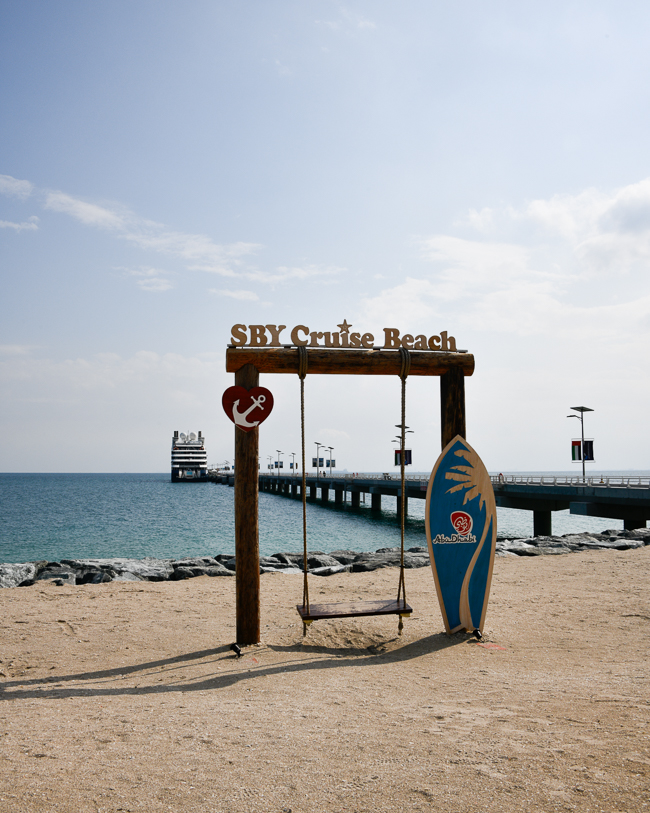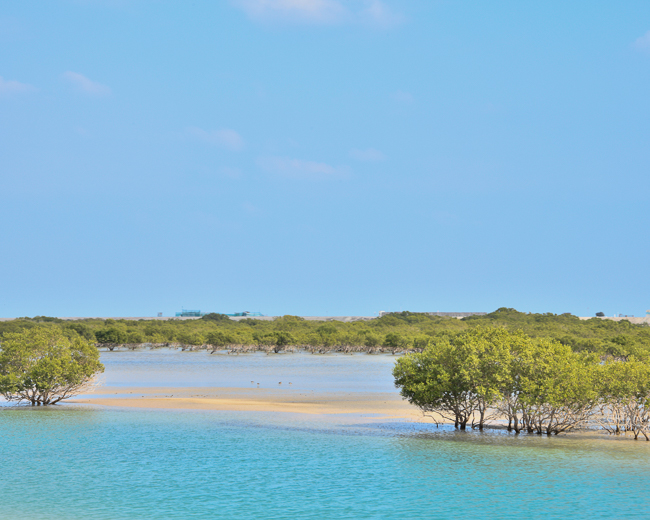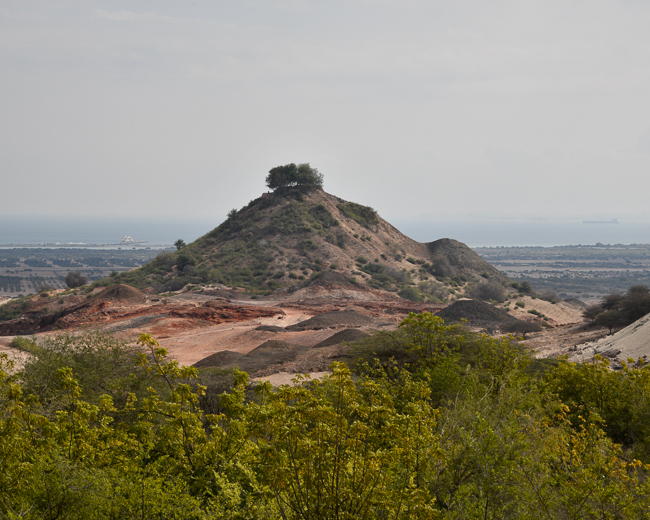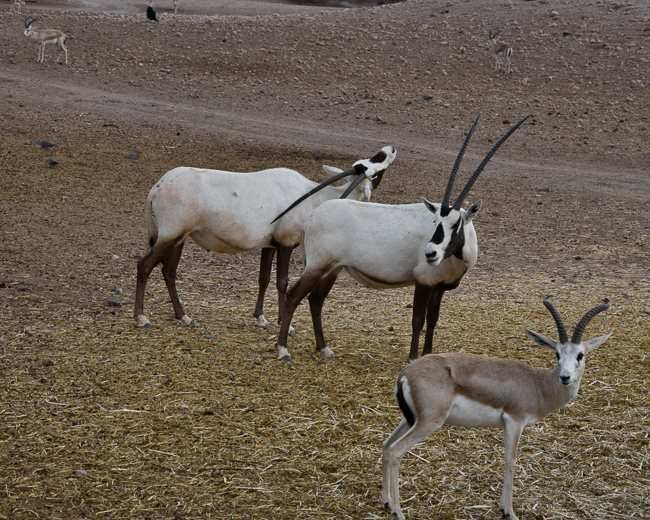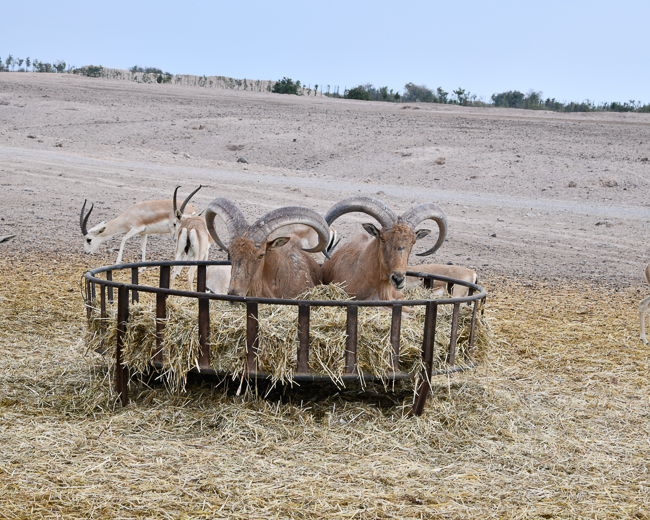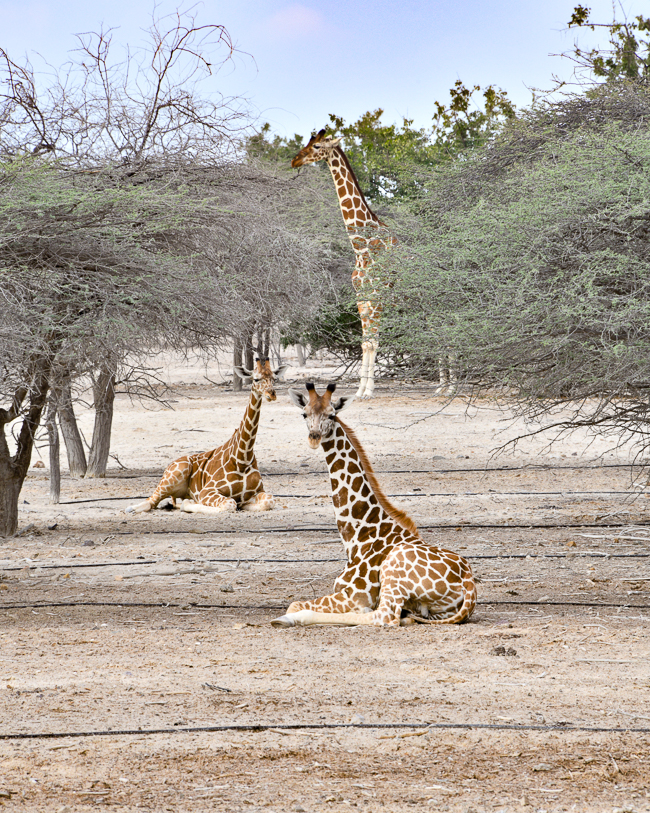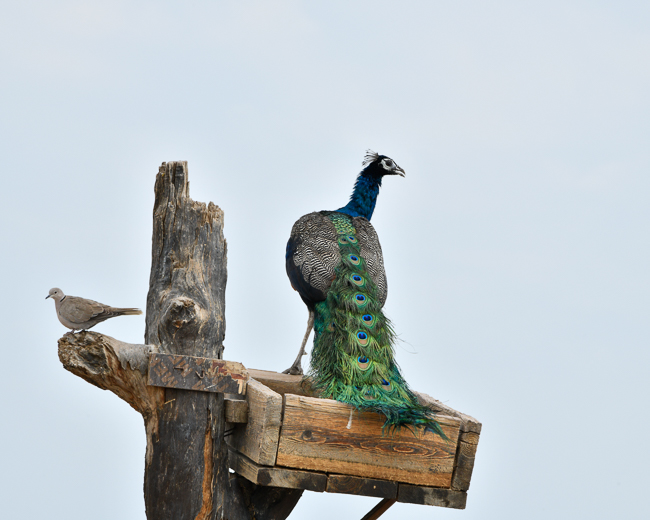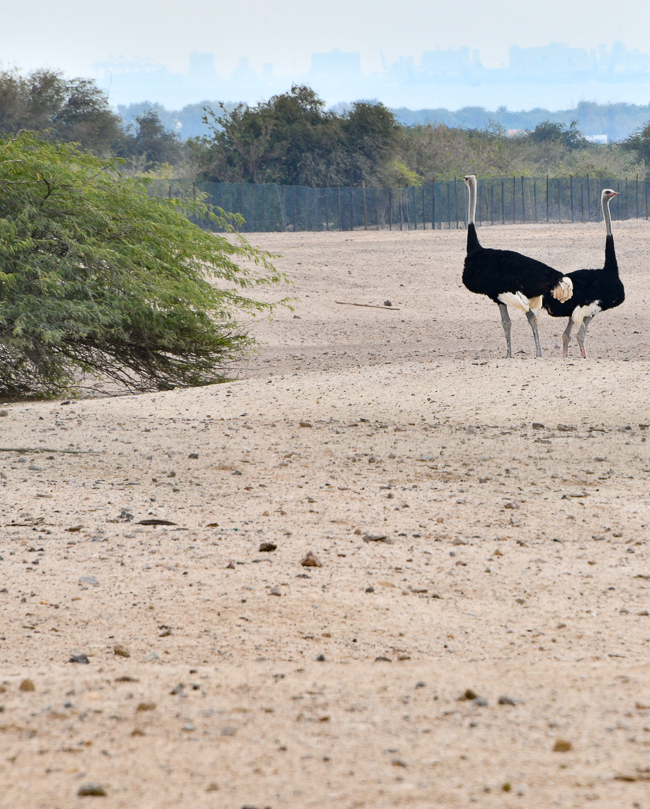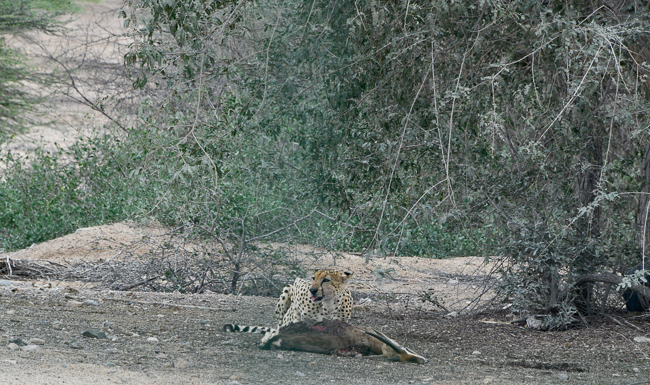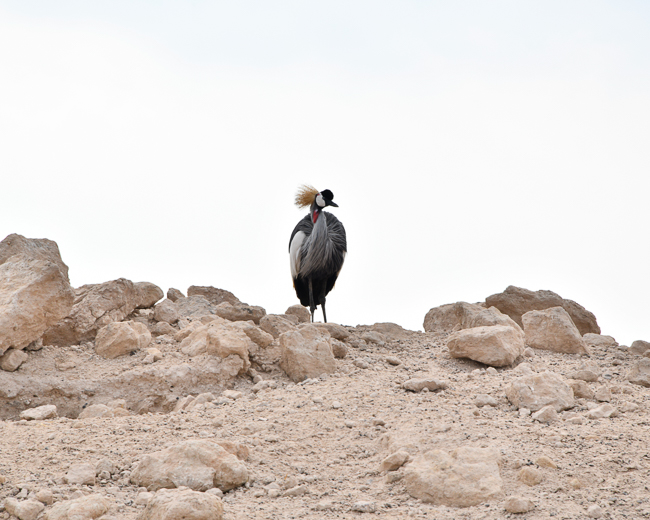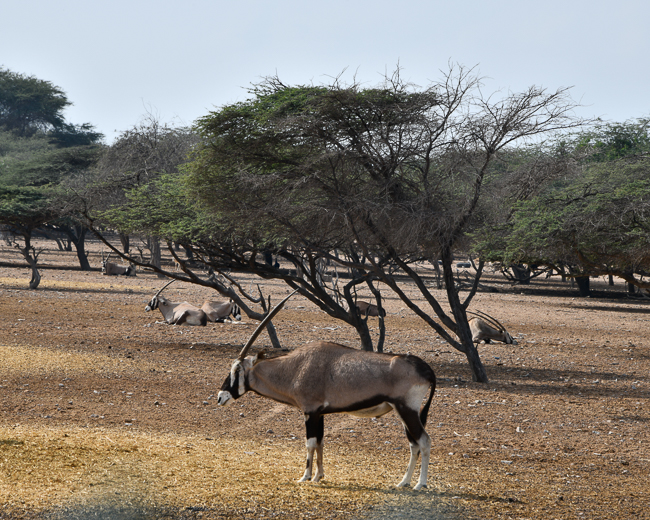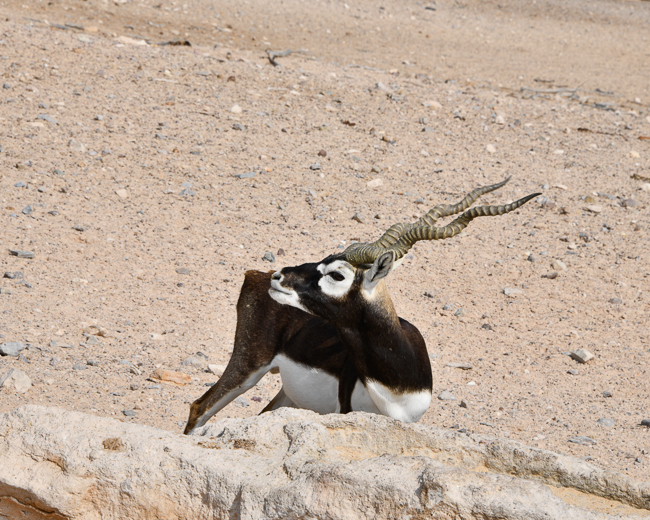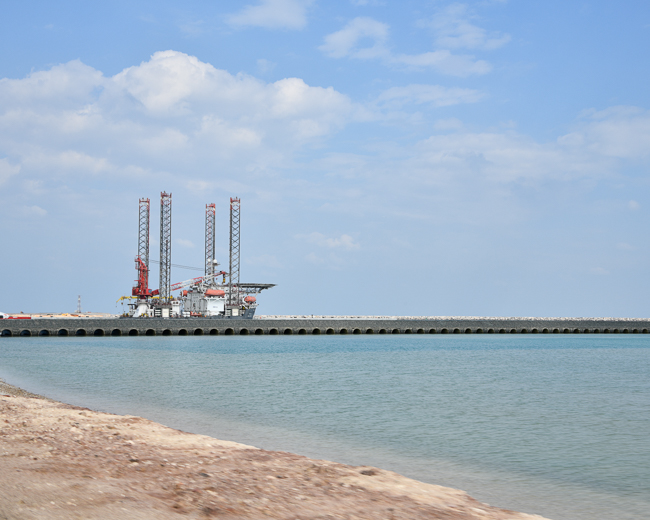January 2023
Sir Bani Yas is an example of what you can do when you have mountains of oil money at your disposal.
The name Sir Bani Yas originates from the Bani Yas tribe, who first inhabited Abu Dhabi 7,000 years ago and left at least a century ago.
The island is the crest of a salt dome created millions of years ago. A salt dome is a type of structural dome formed when salt intrudes into overlying rocks. They are important in petroleum geology as they can function as petroleum traps.
There are 36 archeological sites on the island. Importantly, it is the location of a Nestorian Christian monastery that dates to 600 CE and is the only pre-Islamic Christian site to be found in the UAE.
Sheikh Zayed Bin Sultan Al Nahyan (ruled from 1971 until his death in 2004) established the island as a wildlife reserve in 1977. Prior to the establishment of the reserve, the only land area with tree cover was from a small grove of date palms planted by the Bani Yas tribe.
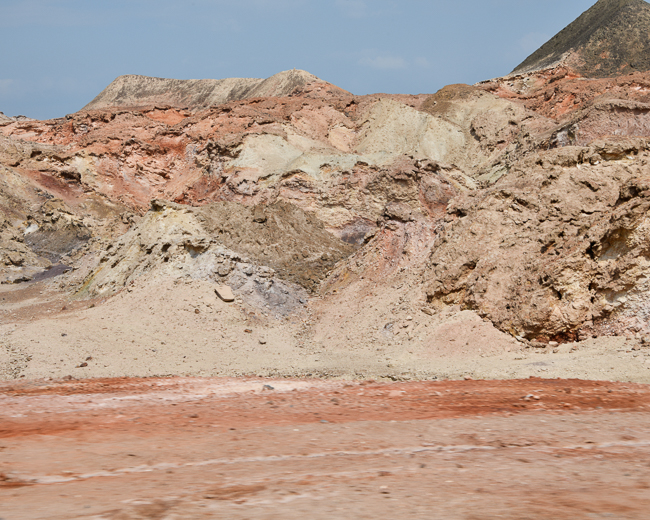
The island is rich in minerals, including areas of green or mauve shales, siltstones and sandstones, dolomite, yellow ochres, and crystalline sulfur apatite. It is reported that salt was once mined on the island, as was kohl.
Over the course of 30 years, the barren island was irrigated, and more than seven million desert-variety trees were planted for animals to feed on. Through time facilities were built, including a jetty that can handle two cruise ships, an airport, roads, and a royal residence. There are three luxury hotels on the island, managed by Anantara Hotels, who are charged with managing the island as well.
Trees cultivated for the project included the UAE’s national tree Al Ghaf, the umbrella thorn acacia, the Arabian gum tree, date palms, and the grey mangrove. Most had to be planted in the sandstone sections of the island, where the ground was most fertile. Compost was imported, and an extensive irrigation system keeps the salt in the soil away from the roots.
The island is home to many species, from Arabian oryx, Somali ostrich, gazelle, and deer to reticulated giraffes, dolphins, and sea turtles. Many of the more than one hundred species of wild birds which can be found on the island are indigenous to the region. The island is home to around 30 species of mammals, including a variety of antelope and one of the world’s largest herds of endangered Arabian oryx. The Arabian oryx, a species of antelope, was formerly extinct in the wild, but the island is home to a herd of over 400 who roam freely on the island. While that sounds exciting, the 400 oryx are of the same gene pool, leaving them at high risk.
One of the first things you notice is the fences. Animals with the potential to crossbreed had to be separated. Some animals had to be separated into different areas for feeding and given small amounts of supplementary food.
Relocating the animals to the island was part of a project to prevent indigenous animals from being hunted.
*
